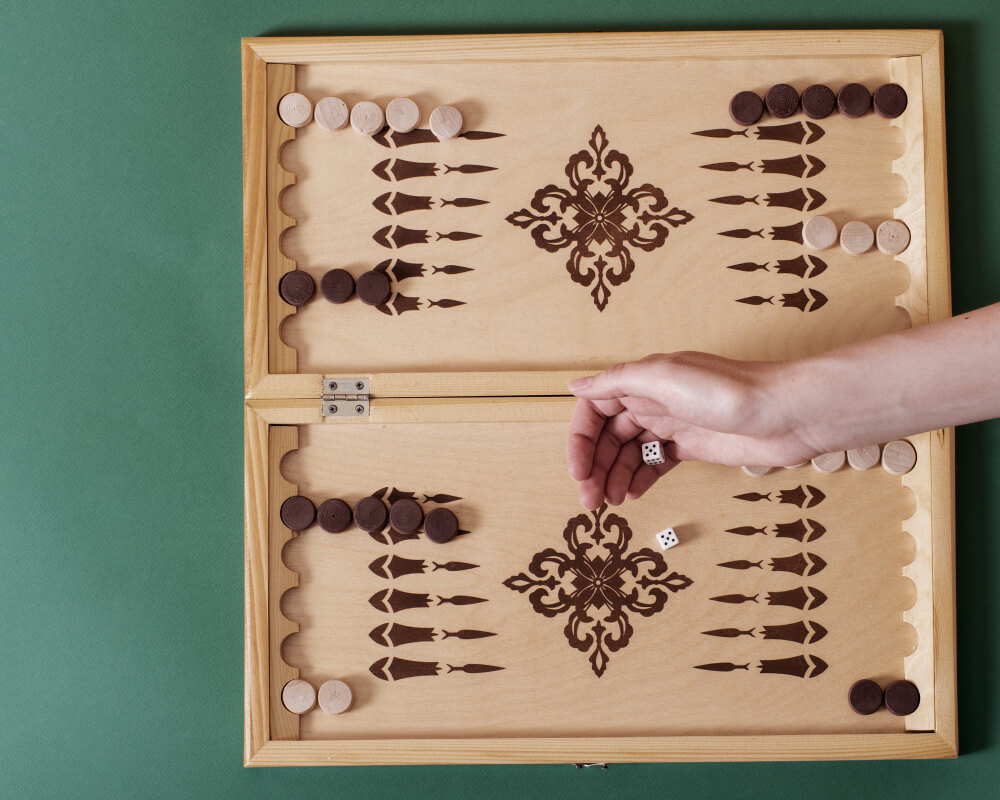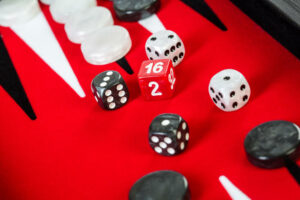Backgammon is a classic board game that has been enjoyed by people all over the world for centuries. It’s a challenging and strategic game of luck, skill, and strategy. One key element to success in backgammon is understanding how to count pips (points). Knowing the pip count can help you make better decisions throughout the course of play and increase your chances of winning. In this article, we will discuss what pip counting is and how it works so that you can be better prepared when playing backgammon!
What is pip counting?
Pip counting is a technique used in Backgammon to calculate the total number of spaces (or pips) that a player’s checkers must move to bear off the board. This is done by counting the number of pips on each die and multiplying the total by the number of checkers that need to be moved.
Pip counting is an essential skill for Backgammon players, as it helps them to develop effective strategies and make informed decisions during the game. By accurately counting pips, players can determine the optimal moves to make in any given situation and increase their chances of winning.
Why do I need to know pip counting?
The goal of pip counting is to understand how many points I need to move in order to bear off all my pieces. If I know to pip count I can understand who is closer to winning the game and what Backgammon strategies should I use. For example, if my pip counting is way better than the opponent, I will use the running strategy. if my pip counting is way worse, maybe it’s time to use the back-game strategy.
How do you count Pip in backgammon?
Let’s take a quick example:
Only one piece remains of each color. The white needs to make 1 step to bear off all his pieces, which means his pip count is 1. The black needs to make 2 steps to bear off all his pieces, which means his pip count is 2.
So, in order to pip count, I need to sum up all the steps of all pieces.
Let’s look at this example:
This is the setup Backgammon board, let’s pip count for the white pieces:
- There are 5 pieces on point 6. Which means 5×6.
- There are 3 pieces on point 8. Which means 3×8.
- There are 5 pieces on point 13. Which means 5×13.
- There are 2 pieces on point 24. Which means 2×24.
When we sum it up: 5×6 + 3×8 + 5×13 + 2×24 = 167.
Each player starts the game with a pip count of 167.
How to count pips faster?
When playing backgammon in real-life situations, it is important to be able to quickly calculate the pip count. In some tournaments, there may be time constraints due to clock rules. Even in casual settings, you may feel pressure to count quickly. Practicing frequently can help you become proficient in rapidly and accurately calculating the pip count.
One effective way to practice is by using a software program like Jellyfish. Turn off the “display pip count” function and attempt to calculate the result periodically. You can then check your accuracy by clicking on the display pip count button. If your calculation was incorrect, try again and analyze where you made the mistake. Remember that practice is key to achieving perfection.






